The last volume 12 of the Tibetan-Sanskrit Dictionary appeared in 1961. The twelve volumes ran into 2560 pages and have since been reprinted in Japan in compact editions that guide Buddhologists through the vast spaces of Tibetan classical texts, exegetical works and an immense literature that has been written on sublime subjects. As the twelve volumes were in print, I had card-indexed an alphabetised a number of texts that were available both in Sanskrit and Tibetan. The cards were finally written down for the press by the beginning of the year 1964. In 1963 my father Prof. Raghu Vira passed away in a car crash, leaving me disarrayed in darkness. The great mind was gone and I sought construction from within. Things came and went, and plucked the thyme of my dreams. The press copy of the supplement to the dictionary hibernated for thirty years. Long last, I take up the supplementary volumes. They will be four thousand pages in print and will comprise vocabulary entries from diverse disciplines: medicine, lexicons, philosophy, monastic discipline, tantra, poetics, kavya, drama, stotras and the like. The complete Amarakosa has been included from its Tibetan translation as well as Tshe-rin-dban-rgyal’s Tibetan-Sanskrit lexicon (Bacot’s facsimile edition). Vinaya terms from the Pravrajya-vastu and Kathina-vastu have been indexed from the Gilgit manuscript and articles. The whole of Nagananda is included as a representative of the genre of drama. The Sragdhara-stotra, Nama-sangiti and Bhadracari provide the rich vocabulary of devotional hymns. Words from the Hevajra-tantra and Prasannapada represent important expressions of Tibetan ritual and thought. Meghaduta of Kalidasa and the Bodhisattva-avadana-kalpalata of Ksemendra have been included in toto. The latter work, voluminous and rich in poetic expression, provides an extensive literary vocabulary that has been a source of inspiration for Tibetan writers who sought embellishment and style in their diction. Each and every word of Dandin’s Kavyadarsa has been included in this dictionary for its technical terms of poetics. The terminology of traditional Tibetan medicine has been culled from the Astanga-hrdaya-samhita of Vagbhata. Thus, the present supplementary volumes to the Tibetan-Sanskrit Dictionary will be an effective thesaurus of the rich idiom of Tibetan whose energy, extent and delicacy finds newer nuances in the enhanced expression of Sanskrit. Tibetan has treasured texts and traditions of India that have perished in the fire and fury of aggressors. Tibetan is a powerful world of images to integrate the depths of India’s spirit. This dictionary is an humble effort to reveal these lights and shades of truth and the hierarchy of values.

Tibetan Sanskrit Dictionary: Supplementary (In 7 Volumes)
In stock
Free & Quick Delivery Worldwide
reviews
Bibliographic information
Title
Tibetan Sanskrit Dictionary: Supplementary (In 7 Volumes)
Author
Edition
1st. Ed.
Publisher
ISBN
8185689113
Length
xii+328p.
Subjects

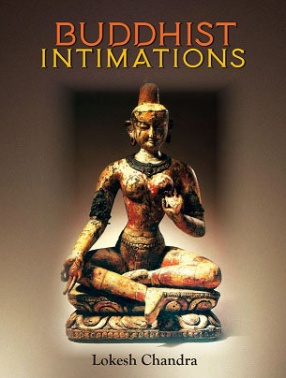
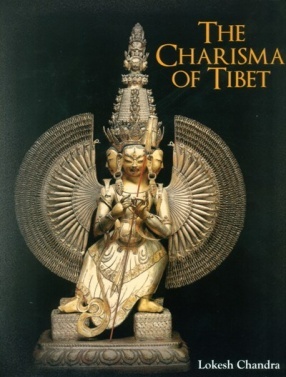
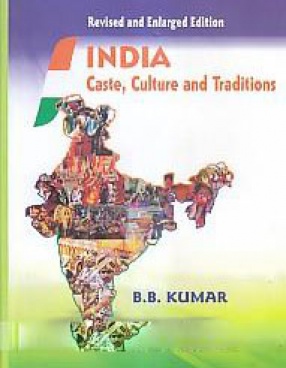
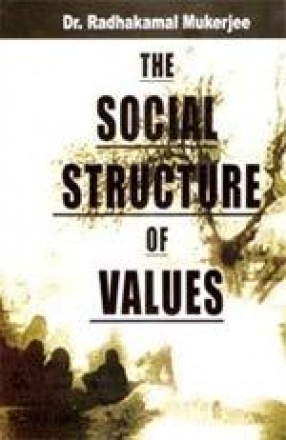
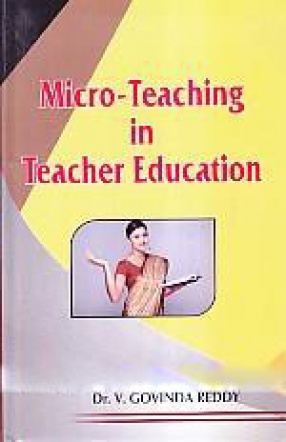
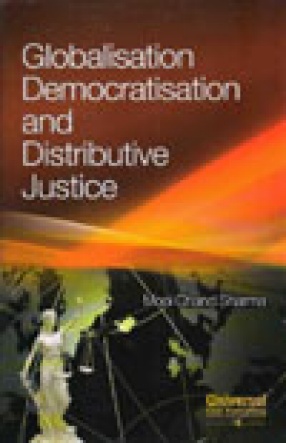
There are no reviews yet.